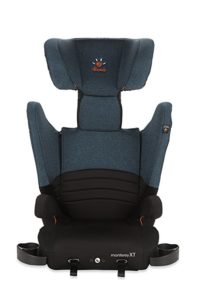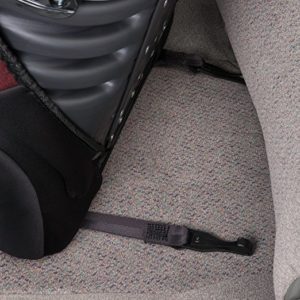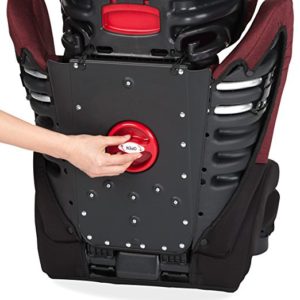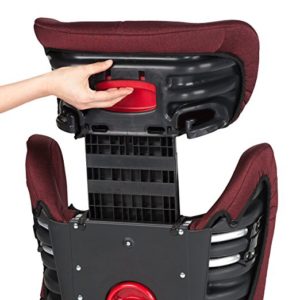After reviewing hundreds of car seats throughout the history of the Car Crash Detective, I’ve only ever recommended a few of them–the ones that come closest to following best practices. Fortunately, the Diono Radian 3RX, which you can buy here, is worthy of the list, at least if you buy it for rear-facing. If you’ve got the time to read much more, we’re going to talk about what makes it worth buying. However, as always, let’s start by reviewing what to do and what not to do when car seats are involved.
What are best practices for keeping kids safe through car seats?
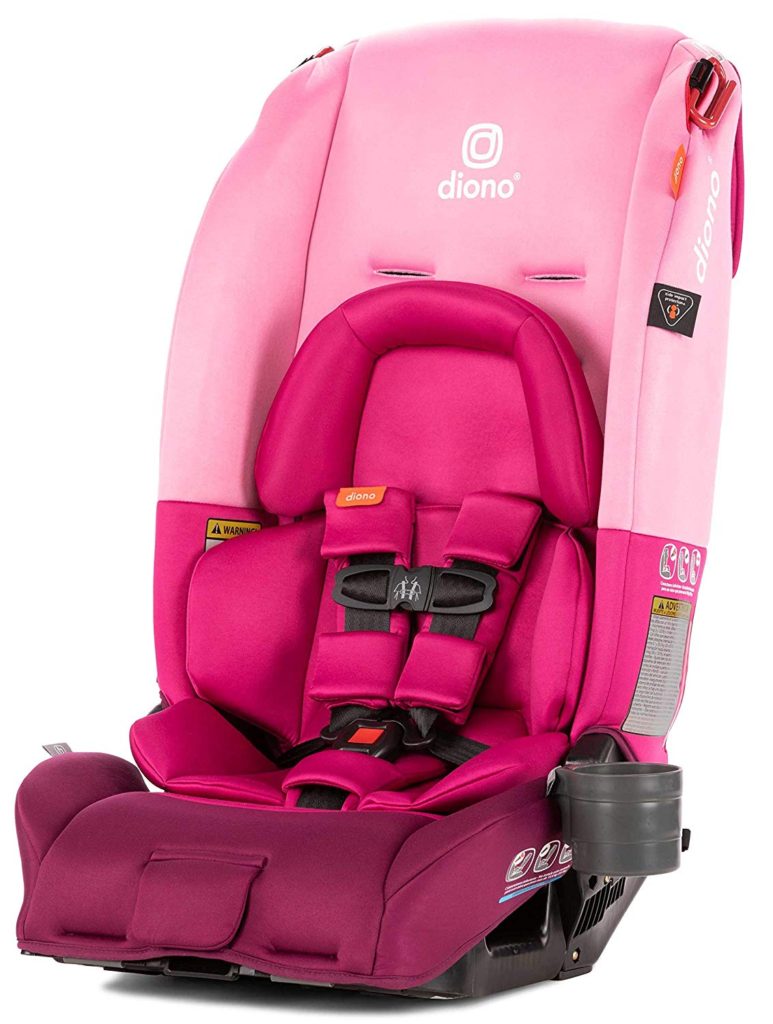
To keep kids safe when transporting them in car seats, your best bet is to follow best practices. Unfortunately, there’s a lot of misinformation out there about what best practices actually are, and even when they’re known, most parents don’t follow them. Here’s the Swedish approach, which comes from the country with the best record in child road safety for several decades on at this point: rear-face until your child is at least 4 or 5, and then keep her in a booster until she’s 10 to 12, which is typically when she’ll pass the 5-step test. After that, keep her in the back seat until she’s at least 13. Nothing else really matters. You don’t forward-face at 1 or 2 or any such silliness. You don’t let your child talk you into her sitting in the front seat in elementary school. You don’t put her in a seat belt simply because your mother-in-law keeps telling you to do so. You rear-face until 5. You booster until 12. You sit her in the back until she’s a teenager. And then you focus on driving safely, choosing safe roads, and using a safe vehicle, since you’ve done all you can–and all you need to–from the car seat standpoint.
With all that out of the way, how does the Diono Radian 3RX measure up? The Diono (formerly Sunshine Kids) family has grown over the years, and the Radian R120 was recently replaced by the 3RX, much as the RXT was succeeded by the 3RXT. Does the seat have a place at the table of best practices? Yes! At least when it comes to rear-facing; it’s not a good choice for boostering. Functionally, it’s the same seat as the R120 but with different prints, a new name, and a few improvements in features. We’ll take a closer look at it below from the perspective of a parent interested in best practices as modeled in Sweden.
How long will you be able to rear-face through the Diono Radian 3RX, per weight, height, and growth charts?
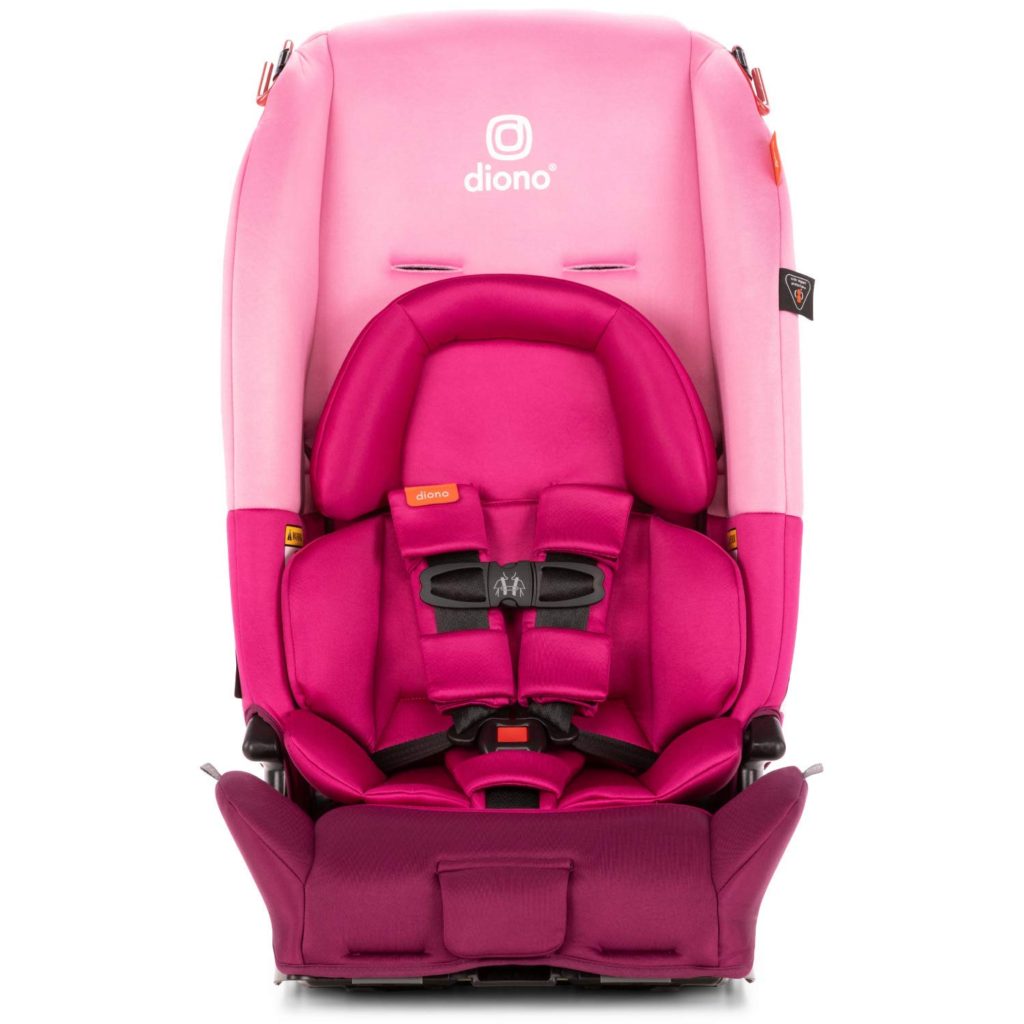
You can rear-face a child in the Radian 3RX from 5 to 45 pounds (20 kilograms). Your child must be 44 inches or fewer in height and her head can’t come within fewer than 1.5 inches of the top of the Radian’s shell. These are the limits on paper, but what do things look like in the real world?
First let’s take a look at weight. Practically speaking, a 45 pound weight limit means a girl who’s in the 90th percentile by weight will fit in the 3RX until she’s 4:6 (4 years, 6 months old). At the 50th percentile, a girl will make it to 6:3. And a 10th percentile girl will be able to rear-face until she’s 7:9! This is one area in life where being small pays off. Similarly, a 90th percentile boy by weight will have access to the 3RX until he’s 4:6. The usable range rises to 5:9 for a 50th percentile boy by weight and soars to 7:6 for a 10th percentile boy by weight.
The 44 inch height limit is more restrictive. Our 90th percentile girl no longer fits the 3RX when she’s 4:9. Her 50th percentile sister outgrows it at 5:6, while their 10th percentile cousin can continue to rear-face until she’s 6:6. Among the boys, our 90th percentile boy lasts until 4:9, his 50th percentile brother makes it to 5:6 before outgrowing the 3RX by height, and their 10th percentile cousin can keep going until he’s 6:6.
My child’s at the 50th percentile for height and weight. How long will she last rear-facing in the Diono Radian 3RX?
Remember that car seats are outgrown by whichever limit (height or weight) the child reaches first. In the 3RX, as in most car seats, height is the bottleneck when rear-facing. For exceptionally heavy children, you’ll run out of weight before you run out of height, but for typically-sized and smaller children, you’ll need to stop rear-facing due to reaching the height limit long before you would for the weight limit. And practically speaking, you can expect to rear-face a perfectly average girl or boy (one at the 50th percentile for height and weight) for 5 years and 6 months.
What about boostering? How long can you use a Diono Radian 3RX to booster, per weight, height, and growth charts?
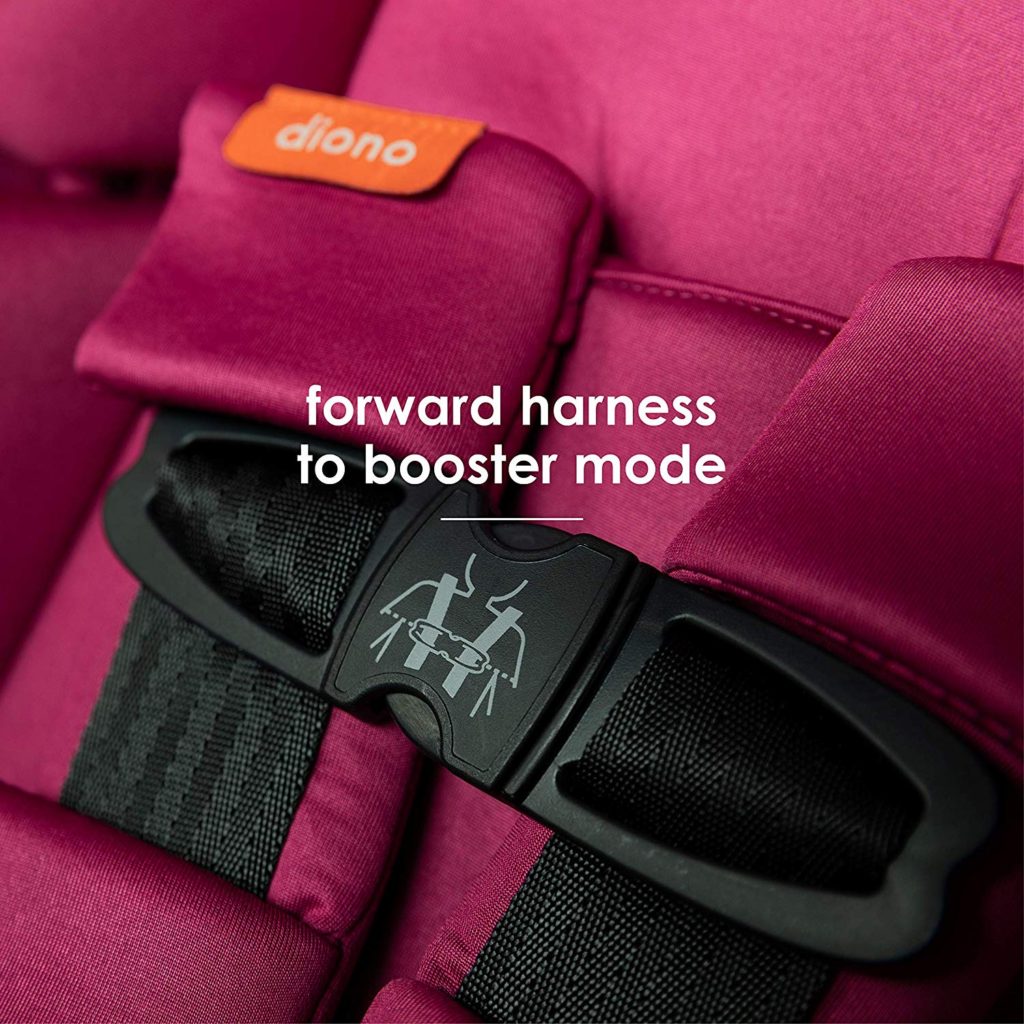
I won’t spend much time discussing forward-facing lifespans for the 3RX because a.) rear-facing is safer than forward-facing, and we now know that most children will be able to rear-face in the 3RX until they turn 5, and b.) parents in Sweden are recommended to move directly from rear-facing at 5 to boostering. For the sake of completion, however, you can forward-face your child until she reaches 65 pounds or 57 inches, and the top harness height is 16.25 inches. Now let’s take a look at how long, in real-world terms, the 3RX will work as a high-back booster.
On paper, you can use the Radian 3RX in booster mode between 50 and 120 pounds. Your child’s shoulders need to reach the 4th harness strap slot to start boostering and the top height of the belt guide for the shoulder belt is 17 inches. Because there aren’t any headrest wings (such as those found on the 3RXT and RXT), you can use the 3RX as a booster for longer than its more expensive Diono sibling.
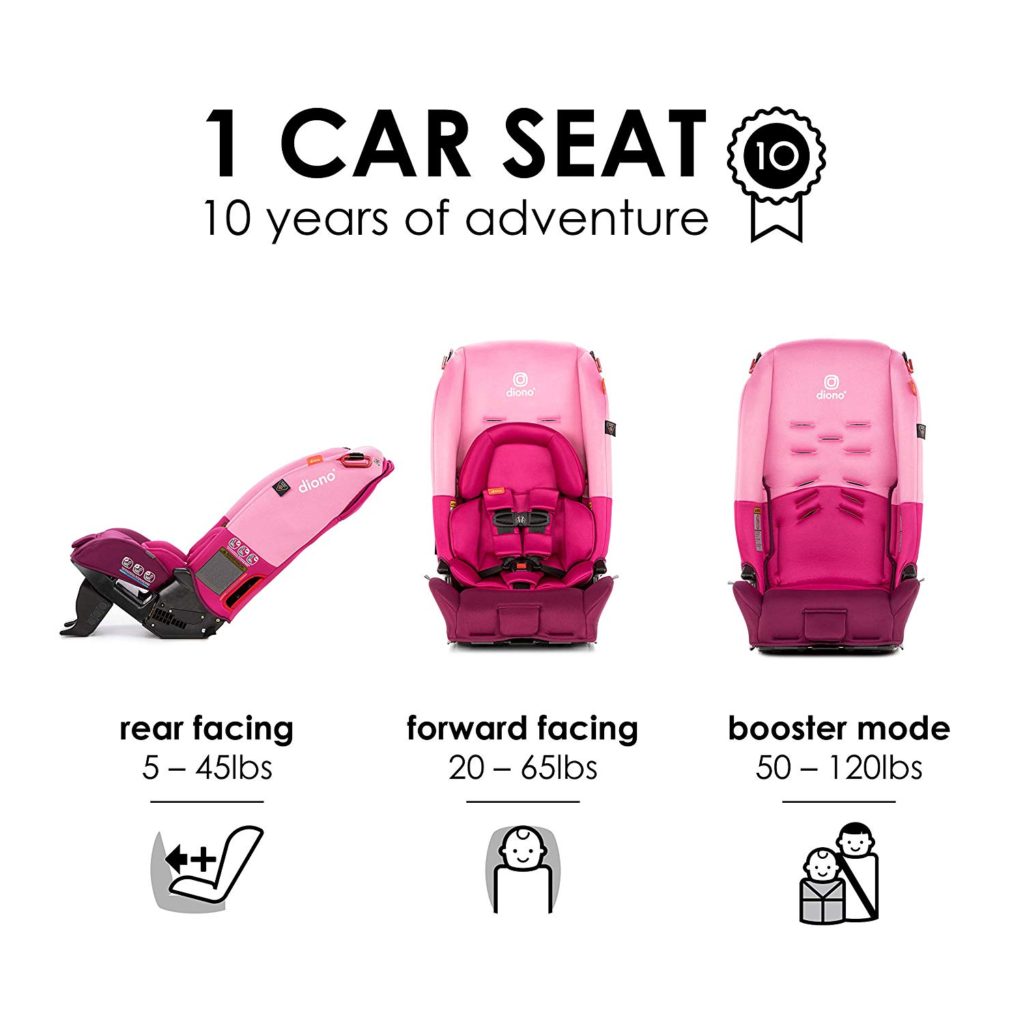
If you simply look at weight-based growth charts, you’d get the impression that the 3RX could be your only car seat. A 90th percentile girl would make it to 11:9, a 50th percentile girl would make it to 16:9, and a 10th percentile girl would make well into adulthood. Similarly, a 90th percentile boy would make it to 12:3, a 50th percentile boy would make it to 14:6, and a 10th percentile boy would make it to 19. This sounds wonderful! But there’s a catch.
Much as with the Radian 3RXT, Diono doesn’t directly share the height limit for the 3RX. The shoulder belt guide is much higher than the top harness height at 22 inches, and it’s fixed. Because the forward-facing limit is 57 inches, this suggests 57 inches is the effective height limit. With this assumed limit, a 90th percentile girl by height would theoretically make it to 9:9, a 50th percentile girl would make it to 11:3, and a 10th percentile girl would make it to 12:6. Similarly, a 90th percentile boy by height would make it to 9:5, a 50th percentile boy would make it to 11:3, and a 10th percentile boy would make it to 12:9.
At this point, things still look good. The problem, though, is that there’s no way for a child to get anywhere close to 57 inches in height without dramatically outgrowing the seat itself. Diono doesn’t have a problem with this as long as there’s a good belt fit, but I don’t recommend putting a child in a car seat where the tops of her ears extend past the headrest of her seat, as this suggests a lack of head and neck protection from a whiplash perspective. Practically speaking, most kids won’t get past 52 inches before they start outgrowing the seat by height, even though they may well continue to fit the belt path and weight limits.
How long can my 50th percentile (height, weight) child use the Diono Radian 3RX as a booster seat?
As when rear-facing, what will limit your booster use of the Radian 3RX in most cases isn’t your child’s weight, but her height. Using 52 inches and 120 pounds as real world limits for height and weight, you can expect a perfectly average girl and boy (50th percentile height and weight) to outgrow the Radian 3RX in booster mode by 8 years and 9 months.
How user-friendly is the Diono Radian 3RX in daily life, in terms of lifespan, 3-across installations, LATCH and seat belts, and dimensions?
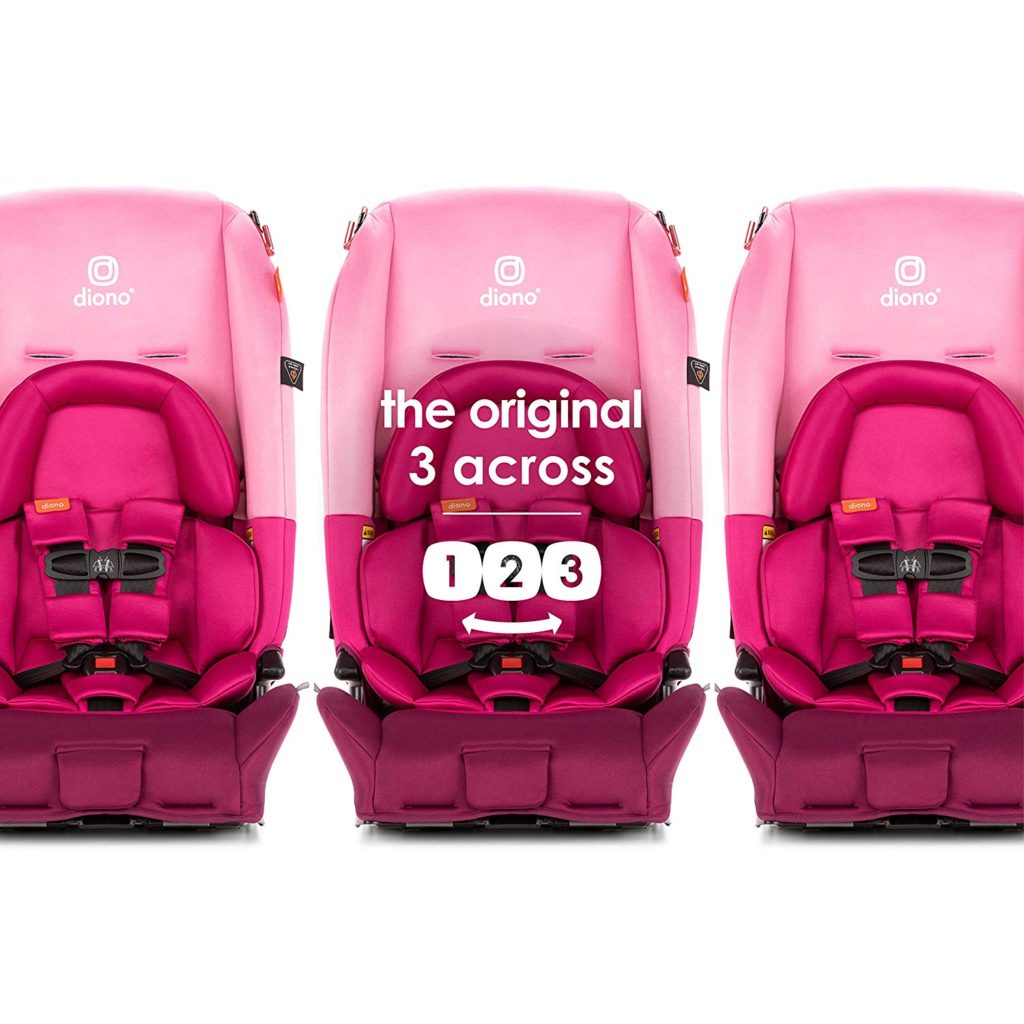
As noted above, the Radian 3RX is essentially an updated take on the Radian R120 I reviewed years ago. As a result, just about everything that applied to the R120 also applies to the 3RX, including how it works on a day-to-day basis. The seat will last you 10 years from the day it was manufactured and is still among the absolute best options when it comes to 3 across car seat installations in the United States. With 3 Radian 3RXs, you can make 3 across setups work in virtually any car you can buy in the United States that uses 3 seats and 3 sets of seat belts. The only vehicles that are consistently unlikely to work are those that use overlapping seat belts in the center seat position, and these vehicles can’t actually carry 3 passengers in the back at the same time, making them, for all intents and purposes, 4-occupant vehicles. Fortunately, you’ll be able to use the 3RX with just about everything else.
The Radian 3RX weighs just under 24 pounds and is 16.5 inches side to side, with the child’s shoulders measuring widest. When rear-facing, you’ll need to abide by a lower LATCH limit of 35 pounds; this limit increases to 40 pounds when forward-facing. I recommend going ahead and installing it with seat belts from the start, as they’re just as safe as LATCH setups without the hassle of needing to mind the 35 and 40 pound limits. You will, of course, still need to mind your child’s weight so you can flip to forward-facing or boostering once your child reaches 45 pounds (or the height limits, which, as discussed above, will almost certainly be reached first). As with other members of the Radian family, you have air travel approval to use it on airplanes and you can also fold it up into a backpack shape for travel. Diono touts its internal steel frame, but while that’s nice to see in cutout diagrams, remember that all that matters is how long a seat is rated for rear-facing by weight and height, regardless of how much or little steel it takes to get there. You can buy it in a range of colors, including the pink I profiled in this review, as well as in light grey, in blue, in red, in pink blossom, in black jet, in red cherry, and in blue sky. Each fabric is machine-washable.
While the seat can be easily installed through LATCH or seat belts, it’s important to note that due to the steep recline inherent in the Radian line, you might not be able to fit every newborn safely. If you have a premature or small (6 pounds) infant, you’ll want to consider starting with a dedicated infant seat. To decide, see if your baby slumps forward when you have her installed in the seat. If her head tilts forward significantly (i.e., in a way that could impact her breathing), she isn’t large enough for the seat or lacks the head control to sit in it safely, and you’ll need to try again in a few days or weeks but use a different seat (e.g., the Chicco KeyFit or any other infant seat) in the mean time. Remember that when rear-facing, the top harness straps must either go at or below your child’s shoulders.
Compared to the best Swedish Car Seats, how does the Diono Radian 3RX fare for safety-conscious parents?
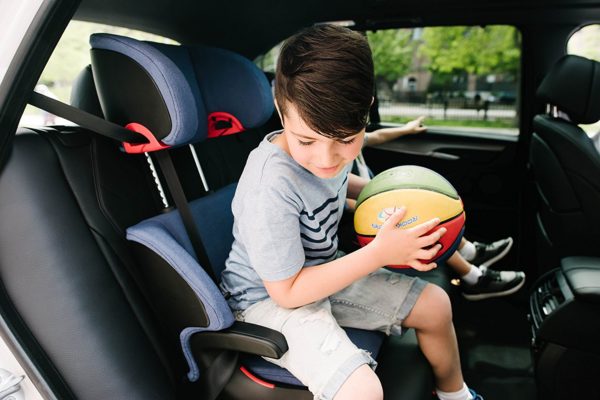
Compared to the best Swedish seats for rear-facing, what sets them apart from the Radian 3RX are weight limits. Yes, there are a few other slight differences, including load legs, but the main real-world difference between the Radian 3RX and a car seat you might buy in Sweden or elsewhere in the European Union is how long you can use it to rear-face. The best Swedish seats will rear-face until 55 pounds, which is 10 pounds more than you’ll get from this Radian. However, keep in mind that the Swedish government recommends rear-facing until 5, and with the Radian 3RX, you can rear-face a typical child (one who hits the 50th percentile for weight and height) until she’s 5 and a half years old. If you’ve got a 90th percentile child by height or weight, you’ll be able to rear-face her until at least 4 years and 6 months, which is still exceptional when you keep in mind that most parents in the United States don’t rear-face past one. To put it bluntly, if you want to do as the Swedes and follow best practices when rear-facing, the 3RX is a perfectly fine seat.
The issue arises for boostering. Per the Swedes, you want to booster your child until she passes the 5-step test, which most children typically won’t until they’re between 10 and 12. Because the real-world limits of the 3RX are at around 8 years and 9 months for 50th percentile children, you’re simply not going to get most kids to the point where they no longer need booster seats. As a result, despite the 10 year lifespan, you’re not going to be able to get away with only buying the Radian 3RX as your child’s only car seat. You’re going to need a booster, and you’ll probably need it for another 2-4 years. I’m a fan of the Clek Oobr, but there are several choices on the market. What’s important is that you buy one that gives your child the usable height necessary for her to reach an age where she can pass the 5-step test. Pretty much any booster seat will give you the weight you need; the bottleneck is almost always the room to grow vertically for the child. Personally, I’d recommend simply using the Radian to rear-face until 5 at a minimum, and continuing to use it to rear-face if you’re lucky enough to get more time out of it until it’s fully outgrown, and then switching to a booster like the Oobr to ride out your child’s remaining years before she’s eligible for a seat belt.
Why buy the Diono Radian 3RX over any other car seat?
Buy the Radian 3RX because it lets you follow Swedish-style best practices and rear-face your child until she turns 5. Buy it because it lets you booster for almost as long as the Radian 3RXT while costing less. Don’t buy it to forward face at 1 or 2; you’re wasting your money and wasting the rear-facing capabilities of the seat. Buy it because you’re interested in fitting 3 of them side by side in any vehicle without worry. Don’t buy it for a seat to use from the day you leave the hospital (or birthing center, or home birth) until the day you put your child in a seat belt, because you won’t get the full 10 years from it. If you’re ready to buy it, when you buy the Radian 3RX (or anything else) through my link here, you help me write more reviews and articles on best practices. You can buy it in a range of colors, including the pink I profiled in this review, as well as in light grey, in blue, in red, in pink blossom, in black jet, in red cherry, and in blue sky. Finally, you can buy the Clek Oobr here. Drive safely!
 If you find my information on best practices in car and car seat safety helpful, you can buy my books here or do your shopping through this Amazon link. Canadians can shop here for Canadian purchases. It costs nothing extra to do so, but when you shop through my links, a small portion of your purchase, regardless of what you buy, will go toward the maintenance of The Car Crash Detective.
If you find my information on best practices in car and car seat safety helpful, you can buy my books here or do your shopping through this Amazon link. Canadians can shop here for Canadian purchases. It costs nothing extra to do so, but when you shop through my links, a small portion of your purchase, regardless of what you buy, will go toward the maintenance of The Car Crash Detective.

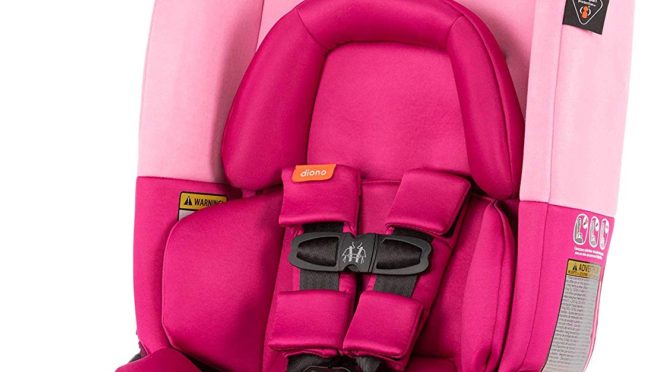
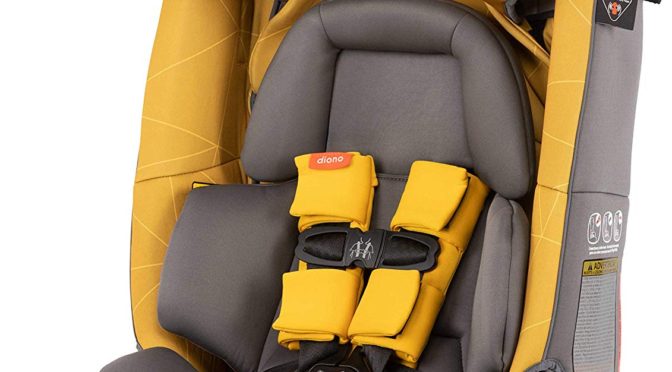
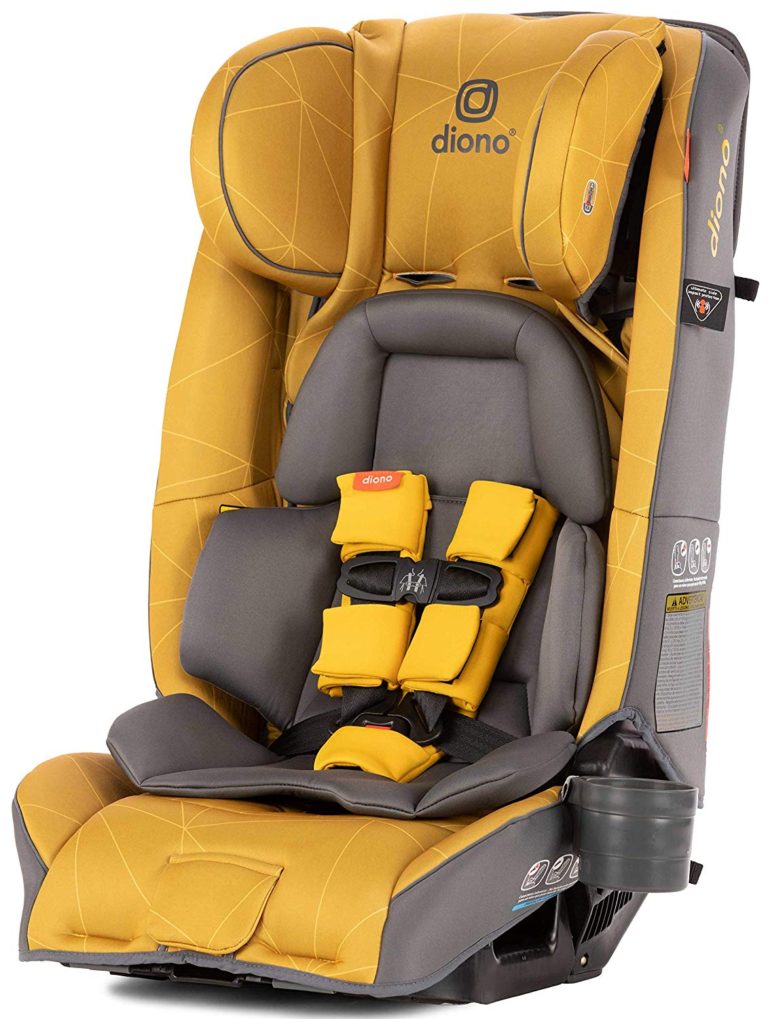
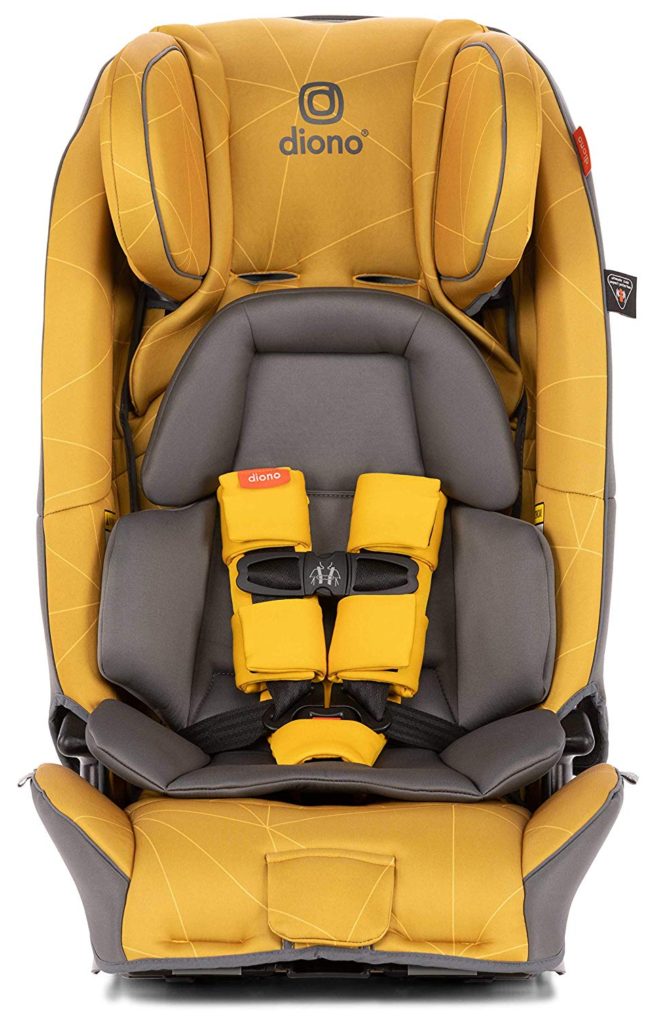
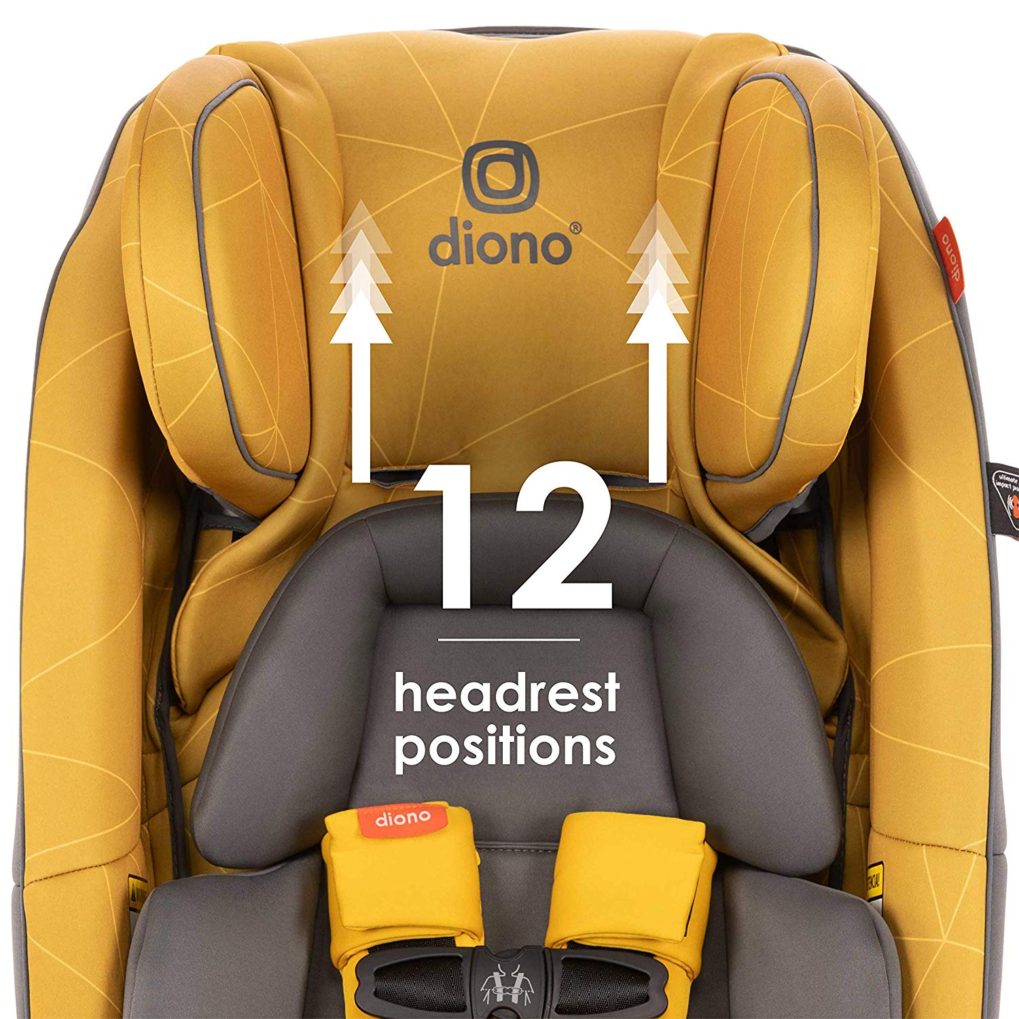
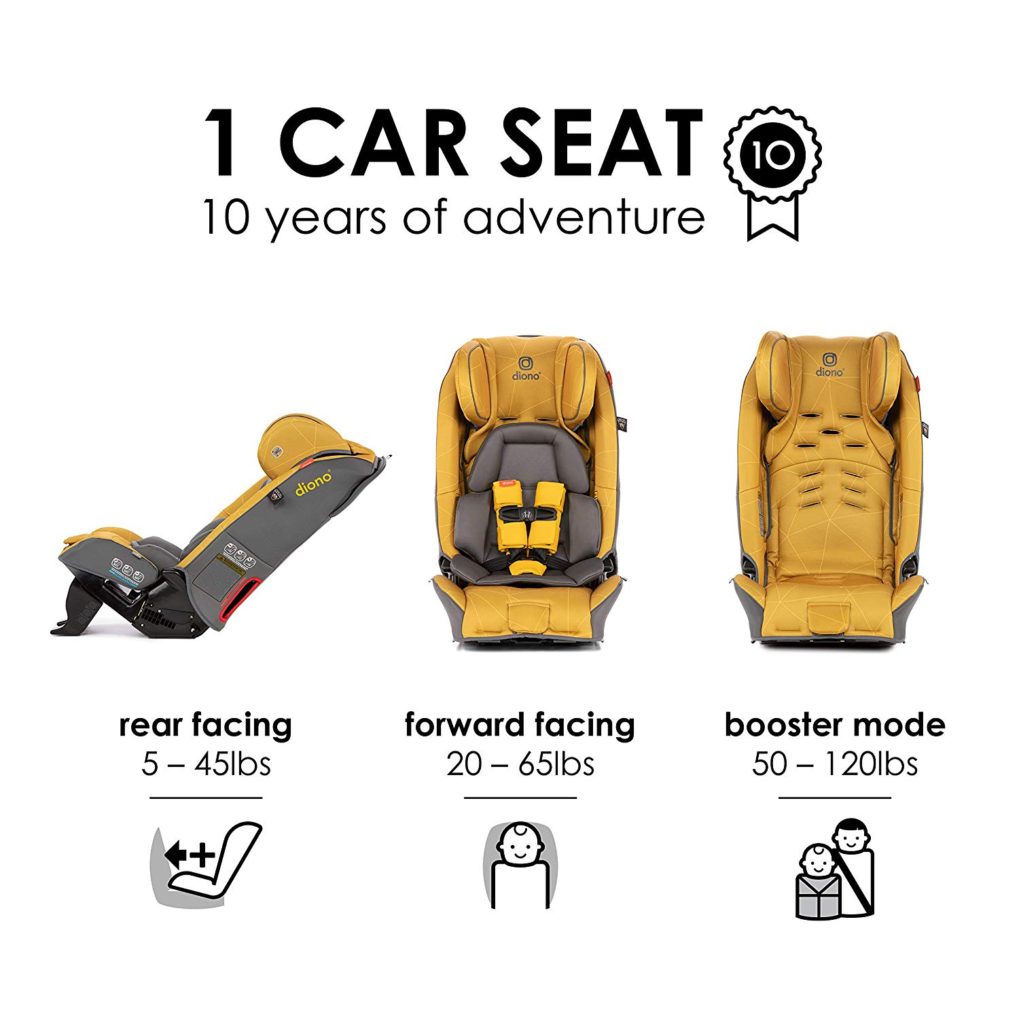
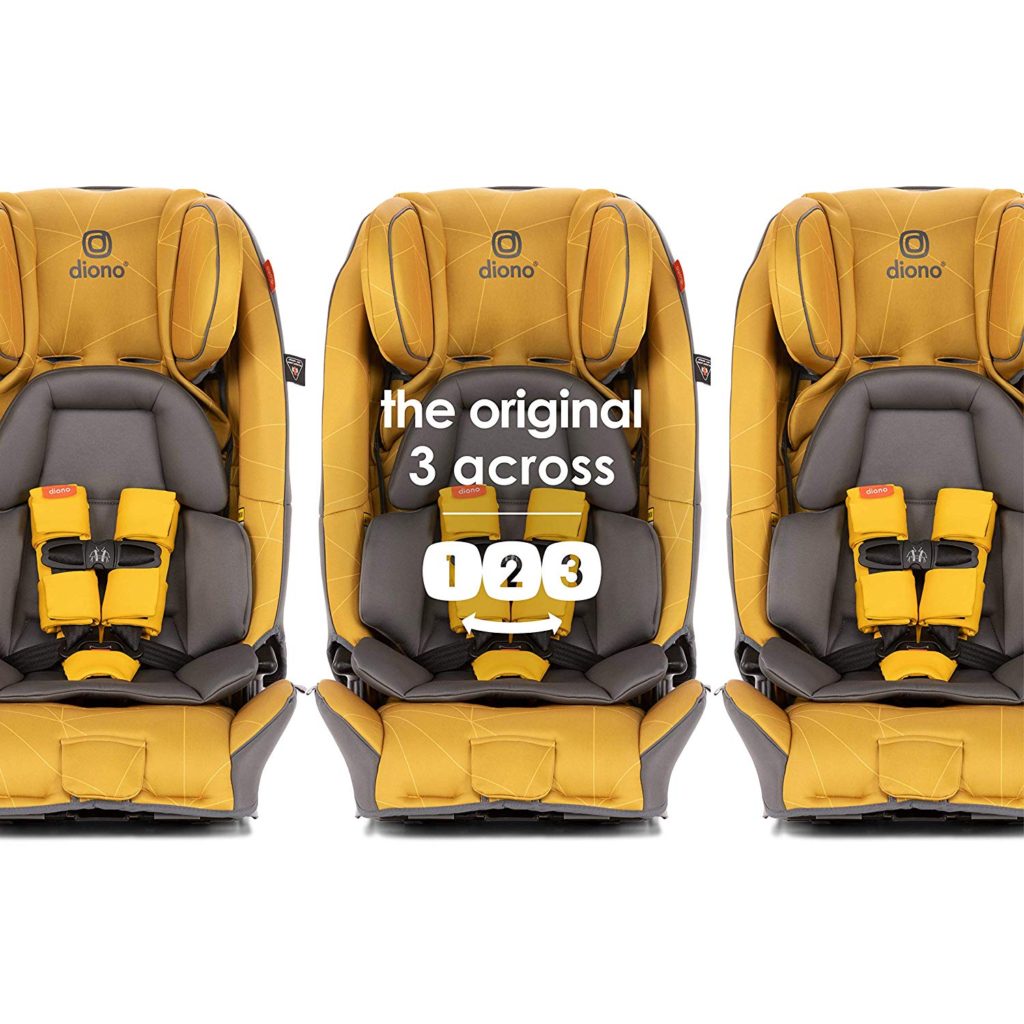
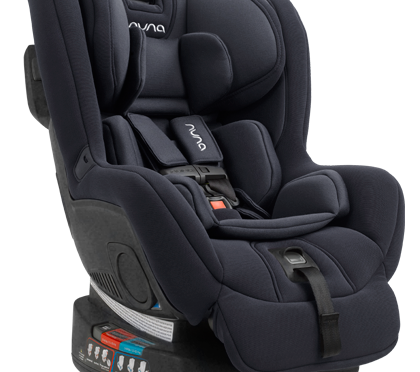
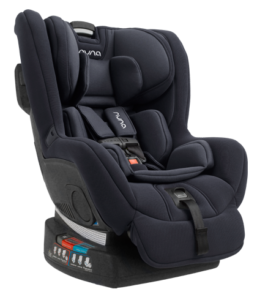
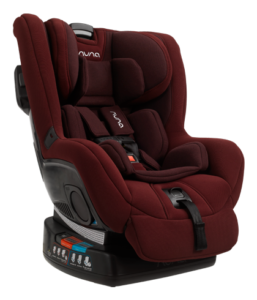
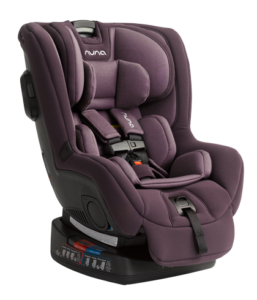
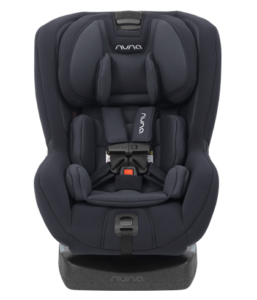
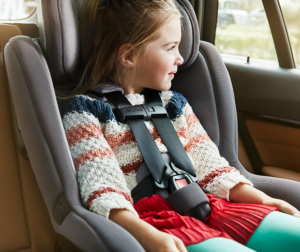
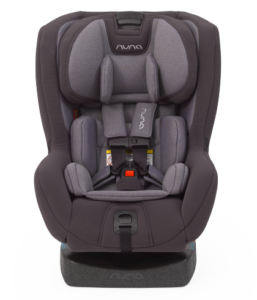
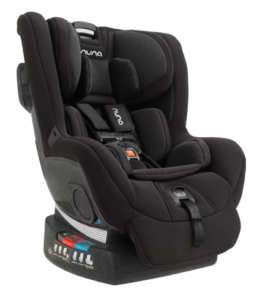
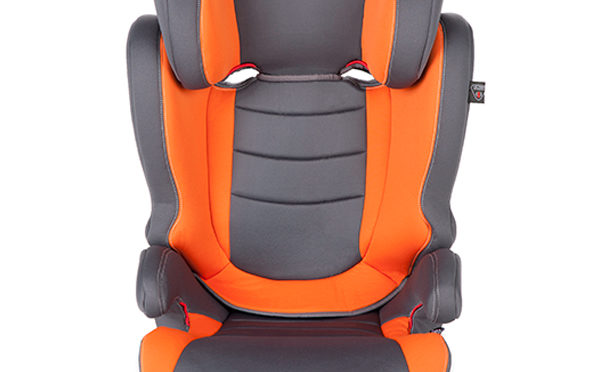
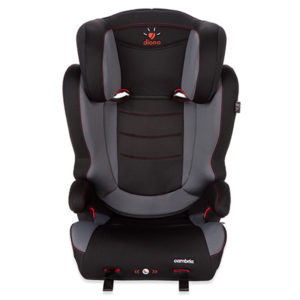
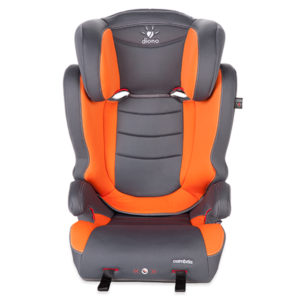
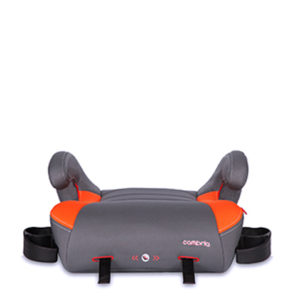

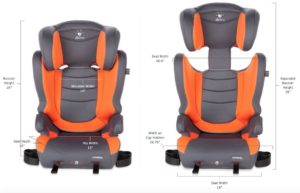
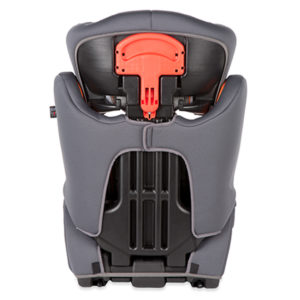
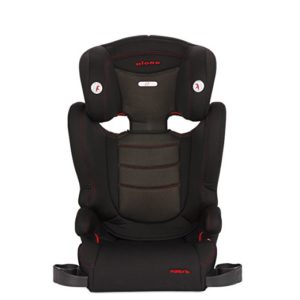
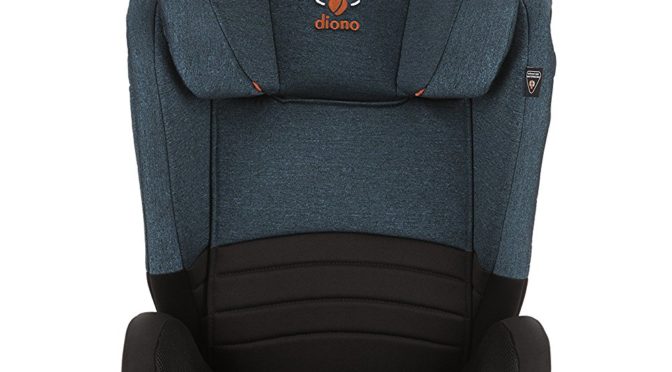
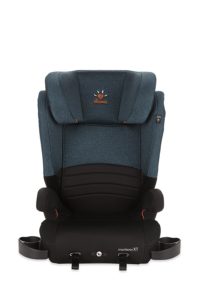
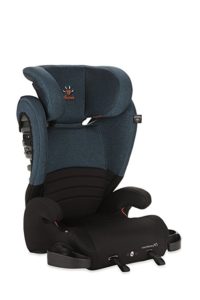
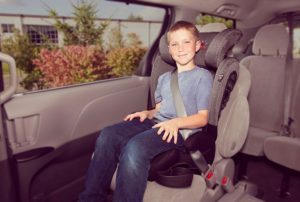
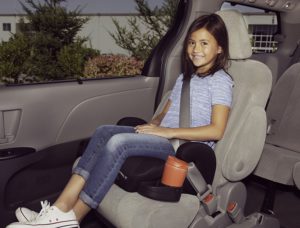 Backless booster: 40 to 120 pounds. The height range is the same as that in the high-back mode at 38-63 inches. Best practices suggests sticking with high-back boosters until children are at least 8 before switching to backless boosters since younger children are more likely to move their heads out of safe positions when falling asleep than older ones.
Backless booster: 40 to 120 pounds. The height range is the same as that in the high-back mode at 38-63 inches. Best practices suggests sticking with high-back boosters until children are at least 8 before switching to backless boosters since younger children are more likely to move their heads out of safe positions when falling asleep than older ones.